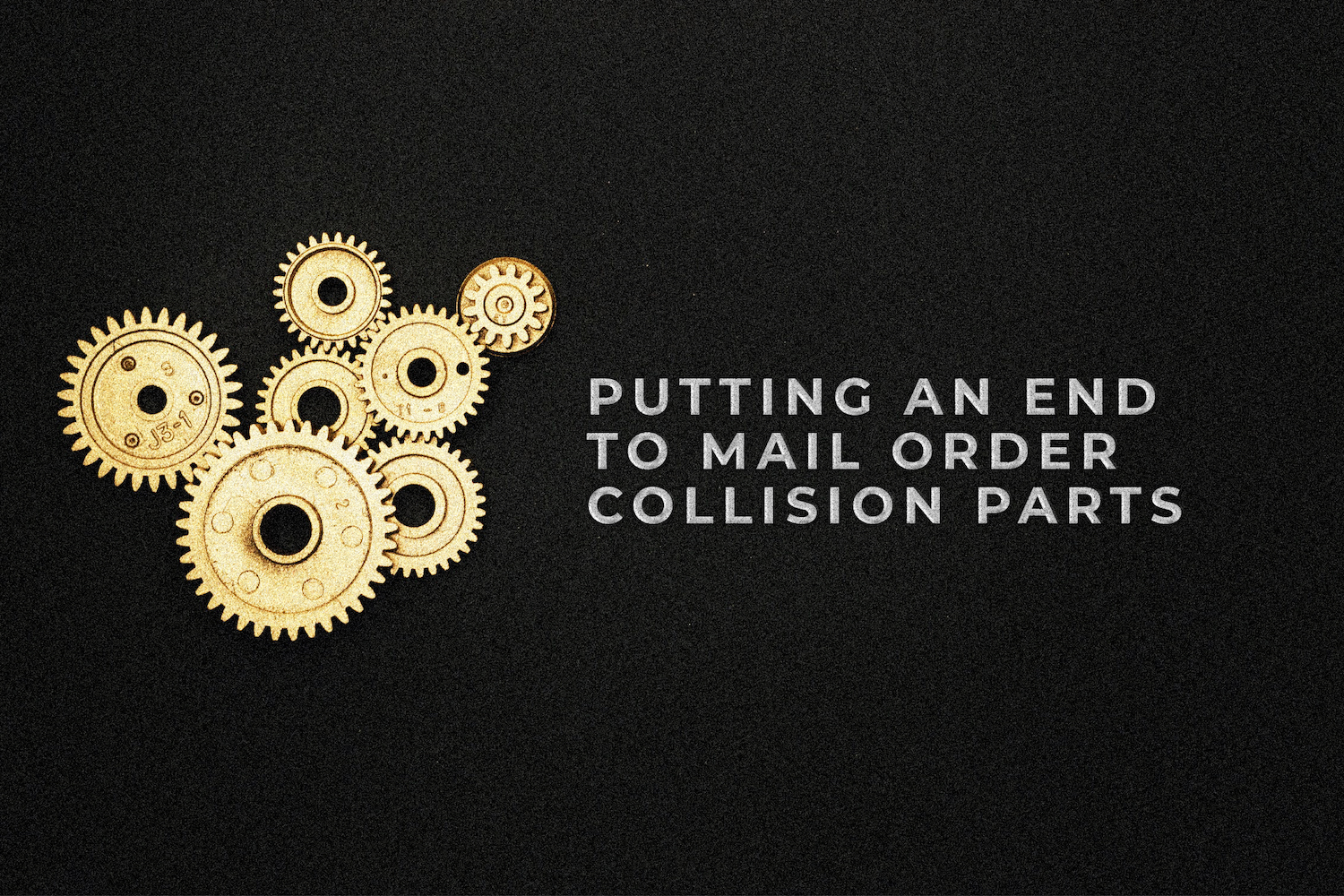Putting an End to Mail Order Collision Parts

20 years ago mail order catalogs were on every home’s coffee table and in every airline seat pocket. The biggest of all mail order catalogs, the Sears “wish book” went online in 1998 and the paper version ceased publication in 2011. Ordering something from a print catalog seems quaint today, when you can look a product up online, verify the item is in stock, and validate your delivery times in a few clicks.
So, why are many collision replacement parts still ordered via what is essentially a mail order catalog?
Estimating platforms primarily use data tapes provided by the parts suppliers. OEM, aftermarket, and salvage vendors transmit these data feeds to the estimating companies as the primary way of displaying parts pricing. These data tapes contain static catalog list pricing; very similar to a mail order catalog. And like a catalog, you make your selection and then have to call to verify availability and pricing. If the collision part is not available as selected, you’re back to square one and have to search again. If it is available, but at a higher price, you must spend time creating and submitting a supplement back to the insurer.
PartsTrader is an online marketplace that provides real parts with a quoted delivery time that works best for your workflow. And, unlike most parts systems that rely on the appraiser to select the three or so alternate parts he thinks will be available, the PartsTrader system searches all parts, including those new OEM parts on estimate. Every part supplier gets a chance to bid on each part, creating competition for each part. With other systems, OEM parts departments usually only see the parts requests that are left after the appraiser has already chosen the alternate parts.
Put an end to the mail order collision parts with PartsTrader!

Greg Horn
Greg Horn is PartsTrader’s
Chief Innovation Officer.
